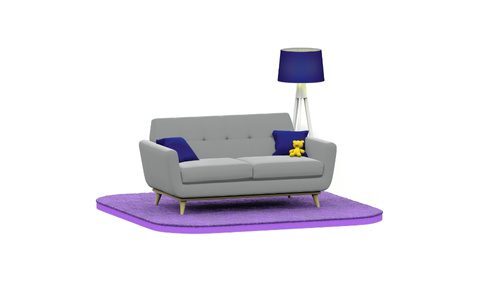Here in the Pacific where natural disasters are not uncommon, it’s even more imperative to make sure you take out contents insurance to protect your assets.
Having contents insurance in place means your personal possessions inside the home are covered in case of damage, fire or theft*. This means that we’ll replace or repair your contents up to the limits in your policy including your sum insured.
These contents could include (but are not limited to) …
- Phones (mobile and landline)
- Furniture (such as bed, drawers, desk, dining table, sofa)
- Books
- Clothes
- Appliances (such as fridge, dishwasher, washing machine, hair dryer)
- Kitchenware (such as plates, cups, saucepans, utensils)
- Artwork
- Computers/laptops
- Televisions
- Jewellery
It’s easy to forget that all these items can add up to a large sum of money! Which is why it’s important to make sure that they’re all covered in case an event occurs.
It’s easy to calculate the contents cover that’s right for you – download our Contents Valuation Guide and fill it in to help you work out how much cover you need.
What do we offer?
Choosing a contents insurance cover that’s right for you can be tricky. There are different types and levels of cover available in American Samoa, and it can become overwhelming. Here at Tower, we’ve tried to make sure that our contents insurance cover is simple and easy to understand so you know exactly what you are covered for under your chosen policy: Contents Standard or Contents Plus.
You can learn more about our contents insurance or view the detailed policy wordings here.
As you’ll see, there are a number of differences – and similarities – between the various kinds of cover. Standard keeps you covered for the essentials, while our Plus policy provides broad cover for high value items and a wide range of events.
If you are interested in finding out what level of cover is right for you, or would like to know more, get in touch with the team at Tower or get a quote online today.
*This is a summary only. For all of these benefits, please make sure you read the policy wording to understand the terms, conditions, limits and exclusions that may apply.
